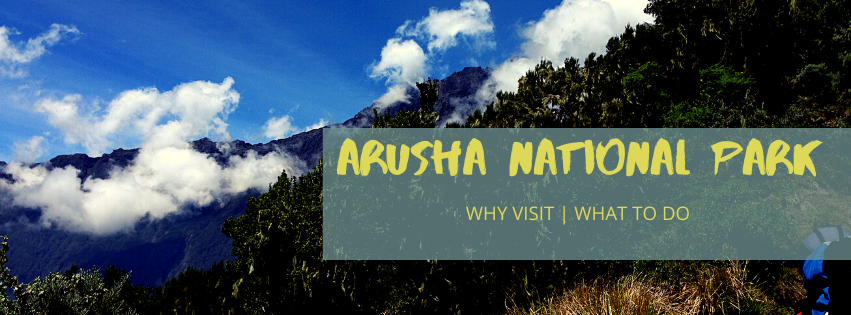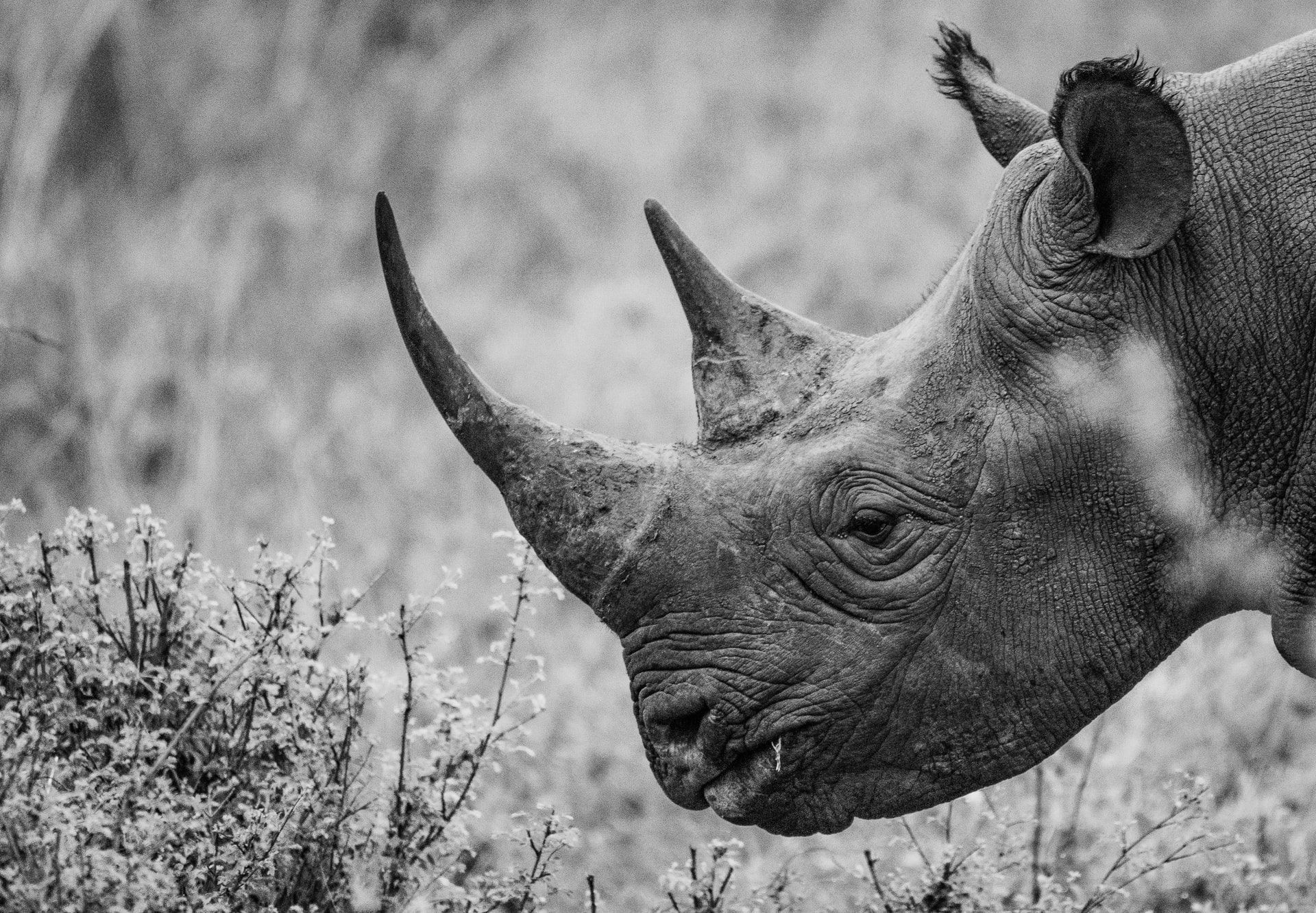What’s there to do in Arusha National Park?
If you’re planning to visit Northern Tanzania and are considering skipping Arusha National Park, I want to change your mind! Put Arusha National Park on your visit list and you will not be disappointed.
Arusha National Park is small and it is close to Arusha town. For whatever reason, visitors to Tanzania often associate the small area of the park with being boring, having few animals and lack of activities. They also get the idea that being close in proximity to Arusha town is a drawback that means this park doesn’t offer adventure or interest like the more distant Serengeti National Park.
None of these associations are accurate – I’ll explain why.
I think Arusha National Park is the most underrated park in the Northern Circuit. It’s not as grand as the Serengeti, it doesn’t get the attention of Ngorongoro Crater (which is in a conservation area, not a National Park, FYI). But, it is serene and lovely. It’s near Arusha town and is perfect for a simple day trip or weekend camping.
What it is Not
If you compare Arusha National Park to other parks or nature areas of Tanzania then you are going to miss out on what this park DOES offer. Stop expecting the giant baobab trees and herds of elephants found in Tarangire National Park; don’t compare the great migration of Serengeti or the wilderness of Lake Natron, here.
The key is that every national park offers something unique, and that is why they have been designated as conservation areas, nature reserves or national parks. If they all offered the same exact experience THAT would become boring and it would make more sense to have a single, giant park instead of unique areas.
If you’re ready to stop comparing Arusha National Park to other locations, then learn about some of the cool features of this small park.
Location
Arusha National Park is approximately 1 hr drive from Arusha town. This means it’s a quick drive and you don’t need to have an early morning!
From our house, it is about 40 minutes from our driveway to the park gate. When we visit Arusha National Park, we avoid the early 6 am wake-up and departure that characterizes so many safaris in Tanzania. Instead, we sleep in and a have a leisurely breakfast. Often, we depart for the park around 9:30 am, excited but also relaxed.


Park Features
Peaceful Arusha National Park does not have lions. The most dangerous predator in the park is the careful, secretive leopard.
The mood of the whole park is completely different because of the absence of lions; the park feels so peaceful. You can visibly see that the herds of zebras are at ease.
Momella Lakes There are two large crater lakes that host flamingos (and was the first place I ever saw a WHITE flamingo. I thought they were always pink?!?!?) and plenty of other birdlife.
Ngorondoto Crater An eruption of the volcano created this crater, where animals still live today. It’s not as large or biologically-dense as Ngorongoro Crater, but it is beautiful and offers visitors lots of animal sightings for great photo ops.
Mount Meru Arusha National Park is the home of Mount Meru, a volcanic peak that last erupted in 1910. It’s considered to possibly be a dormant volcano, but we can’t be sure just yet, we have to give it some more time.
Mt Meru height: 14,980 ft. Mt Kilimanjaro height: 19,340 ft.


Don’t underestimate Mount Meru – it is the 5th highest mountain in Africa, and often considered to be a more difficult summit than its big brother, Kilimanjaro.


It is believed that at one time, Mt Meru was as high (if not slightly higher) than Mt Kilimanjaro, but an eruption blew off the top of it, making it smaller. Visitors to Arusha National Park can actually see the shape of the cone and visualize how massive the mountain was at one time. Ash and debris found around the Mount Kilimanjaro area was studied and found to actually be from Mount Meru, not Kilimanjaro, for an understanding of how big of an eruption Mt Meru caused.

It is said that Arusha National Park offers a taste of all the northern circuit: a small serengeti, a crater that mimics Ngorongoro Crater, lakes full of flamingoes and even a volcanic mountain that once rivaled Kilimanjaro. If you’re short on time, Arusha National Park is the best way to experience a bit of all the amazing natural areas of northern Tanzania, in one, single place.
No, it cannot replace the experiences you would have in those parks. But, if you don’t have 7 days to visit Ngorongoro Crater, the Serengeti, Tarangire and Manyara National Parks, then it’s an excellent way to spend just one day and get a flavor for what Tanzania is all about!
** Also, the last time we went to Arusha National Park as a family for a game drive, I saw more giraffes than I have ever seen at any other park! Within a span of 2 hours we saw at least 20 giraffes, who were unafraid of us and came very close to our vehicle. What incredible memories to make with my kiddos!
Activities
- Because there are no lions, a great option is to go on a walking safari through the open plains.
I went on a walking safari with my mother when she came to visit. I couldn’t believe how close were were able to get to a heard of giraffe! The majestic animals saw us, but continued munching on their leafy lunch. We kept stopping, worried about getting ‘too close’, but our guide continued forward until the giraffes seemed uncomfortable.
We didn’t go close to the herds of cape buffalo (thankfully!) but it was a thrilling experience to be walking in nature, beside wild animals that most people only see in zoos. - We also took a few steps up the beginning Mount Meru Trek, just so we could brag about ‘hiking part of Mount Meru’.
The next year, I really did climb Mount Meru and it was awesome! Read about my experience climbing this beautiful mountain. - Walk to Tululusia Waterfall. It is such a pleasant, beautiful walk to reach the waterfall.
I love my mom, but she isn’t what we might call especially fit, and she is older, too. She had no trouble completing the hike. It could be done with kids or seniors, no problem! - Canoeing on the Momella Lakes. If you’re going to canoe in Tanzania, make it in the shadow of Mount Meru.
- Camping I have a friend who adores camping in Arusha National Park. It’s near to town, in case of emergency or a forgotten essential item. It doesn’t require a long drive which makes travel with kids seems so much more hectic, too.
- Horseback riding. Another great thing about no lions in Arusha National Park – you can go on trail rides or overnight horsepacking trips! There are two companies offering day or overnight horseback safaris through Arusha National Park. I have gone on day rides with Kazkazi and they are excellent! The horses are well-trained, the guides knowledgeable and well-prepared.
Some pretty epic adventures for a park that many travelers assume will be boring, huh?

Fees
Entrance fees 59.00 USD for adults
—- compare that to 82.00 USD for Kilimanjaro National Park or Serengeti. That’s why I say it’s a great day-trip.
Camping $70.80 USD – high season, $59.00 USD – low season
Walking Safari – $31.00 USD (for a group of up to 4 pp, you may need another ranger for more people). It is highly recommended to tip the ranger at the end of the walk, too.
—- I recommend doing the walking safari in the morning, to avoid the heat of the day. It also breaks up the game drive so you’re not sitting in a car the whole day, it’s a nice chance to stretch your legs.
—- You can select how long you want to walk, we chose a 1.5 hr slow walk. But if we go with our teen boys who are full of energy, we would make that a 2 hr walk and go further up the Meru trail.








